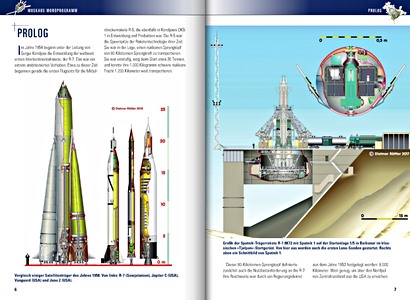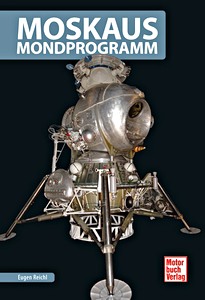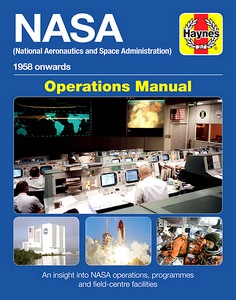Moskaus Mondprogramm (Raumfahrt-Bibliothek)
Die sowjetischen Pläne zur Erreichung des Mondes waren letztlich der Startschuss für den Wettstreit der beiden Supermächte um die Vorherrschaft im All. Sowjetische Sonden erreichten medial vielbeachtet den Mond.
Das weitere Programm versuchte die UdSSR in aller Heimlichkeit abzuwickeln, um dann mit einem Paukenschlag die bemannte Landung verkünden zu können.

Dass dies nicht gelang, ist Geschichte. Doch den spannenden Weg dahin, die wagemutigen Versuche und spektakulären Fehlschläge - das kennen nur die Wenigsten. Eugen Reichl beleuchtet den Weg der UdSSR zum Mond mit Hilfe spannender Infos und Bilder. Ein Muss für jeden Raumfahrt-Enthusiasten!
Details
| Autor: | Eugen Reichl |
|---|---|
| Ausführung: | 144 Seiten, 20.5 x 14 cm, kartoniert |
| Abbildungen: | 17 s/w-Abbildungen und 73 Farbfotos |
| Verlag: | Motorbuch Verlag (D, 2017) |
| Serie: | Raumfahrt-Bibliothek |
| ISBN: | 9783613040274 |

Moskaus Mondprogramm
Sprache: Deutsch
Erhältlich bei Amazon - sichere Zahlung und schneller Versand
Jetzt bei Amazon bestellen








